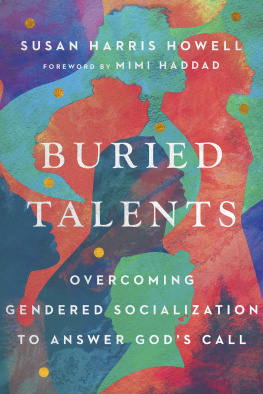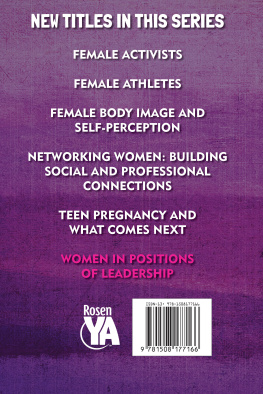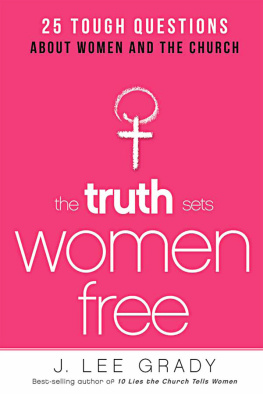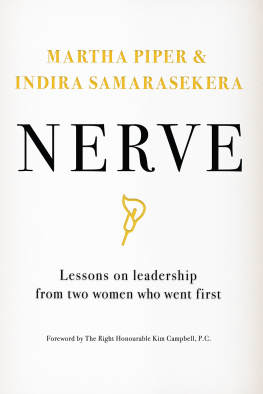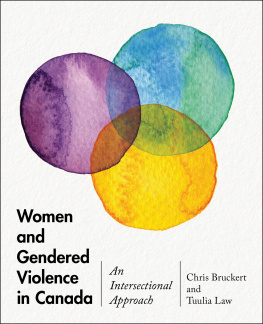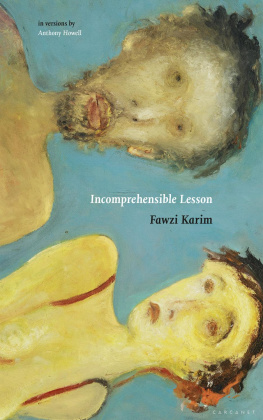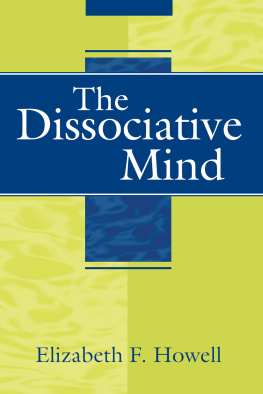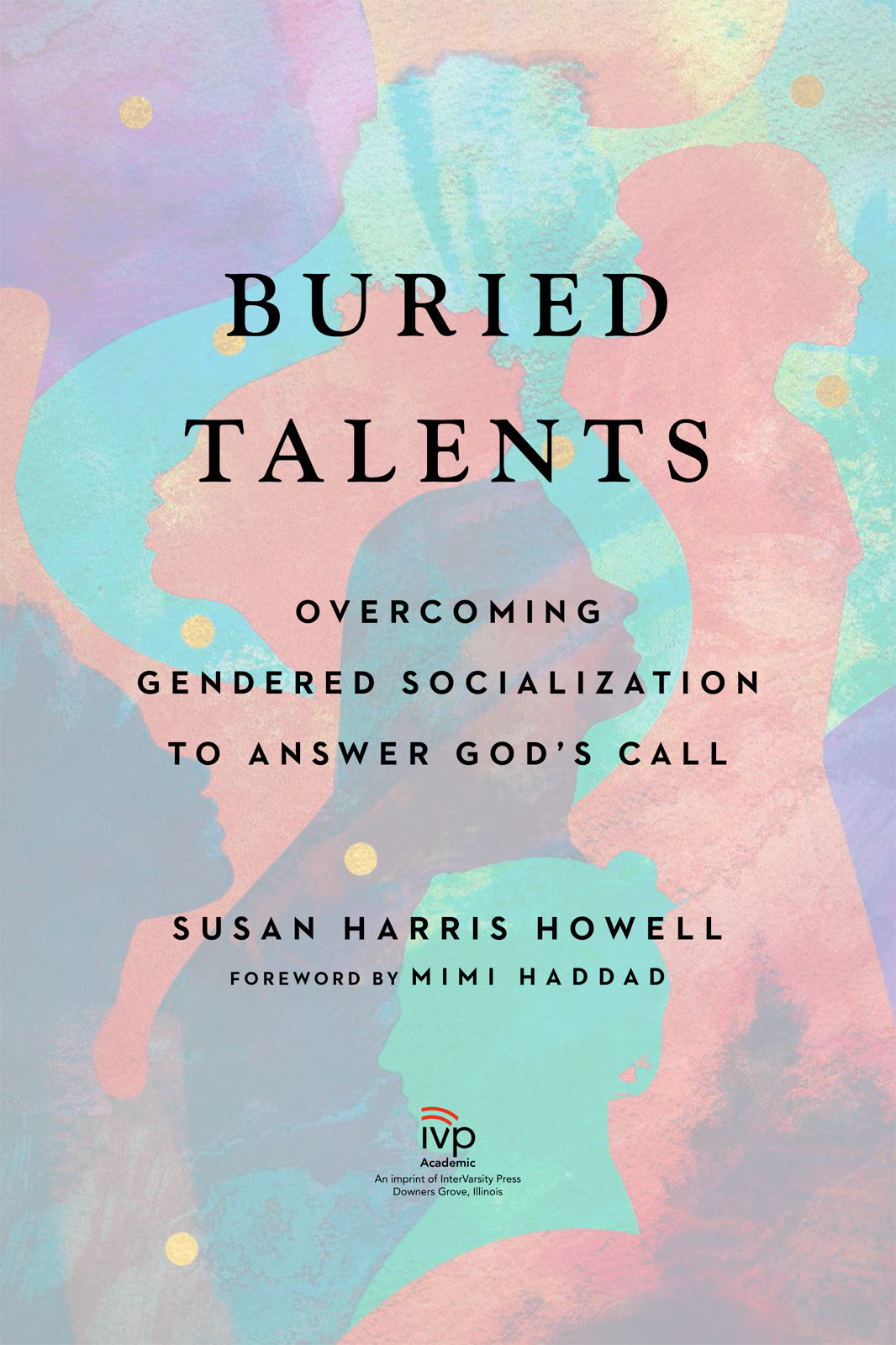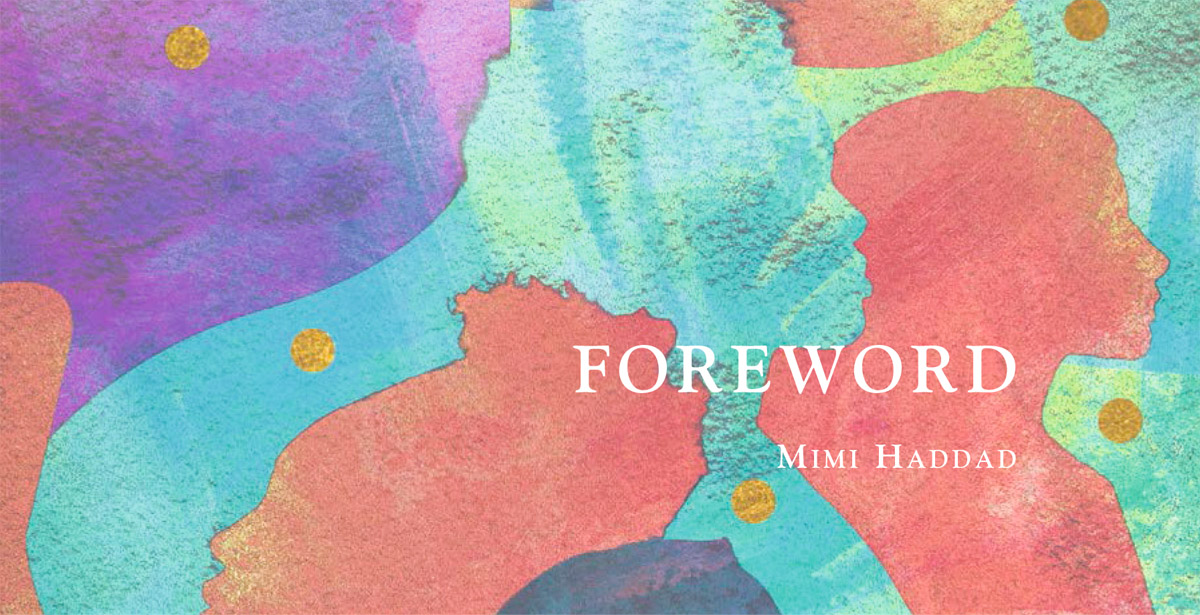Sommaire
Pagination de l'dition papier
Guide
InterVarsity Press
P.O. Box 1400, Downers Grove, IL 60515-1426
ivpress.com
email@ivpress.com
2022 by Susan Carol Harris Howell
All rights reserved. No part of this book may be reproduced in any form without written permission from InterVarsity Press.
InterVarsity Pressis the book-publishing division of InterVarsity Christian Fellowship/USA, a movement of students and faculty active on campus at hundreds of universities, colleges, and schools of nursing in the United States of America, and a member movement of the International Fellowship of Evangelical Students. For information about local and regional activities, visit intervarsity.org.
All Scripture quotations, unless otherwise indicated, are taken from The Holy Bible, New International Version, NIV. Copyright 1973, 1978, 1984, 2011 by Biblica, Inc.Used by permission of Zondervan. All rights reserved worldwide. www.zondervan.com. The NIV and New International Version are trademarks registered in the United States Patent and Trademark Office by Biblica, Inc.
Author photo by Alice Steele.
The publisher cannot verify the accuracy or functionality of website URLs used in this book beyond the date of publication.
Cover design and image composite: David Fassett
Images: young woman looking up: Alexey_M / iStock / Getty Images Plus
colorful brushstrokes: Asya_mix / iStock / Getty Images Plus
woman - stock illustration: CSA Images / Getty Images
young woman, eyes closed: Gary John Norman / The Image Bank / Getty Images
silhouette of young woman: Glasshouse Images / The Image Bank / Getty Images
gold leaf texture: Katsumi Murouchi / Moment / Getty Images
watercolor galaxy sky: Khaneeros / iStock / Getty Images Plus
watercolor of galaxy: Khaneeros / iStock / Getty Images Plus
abstract watercolor: oxygen / Moment / Getty Images
profile of a woman looking ahead: Tim Robberts / DigitalVision / Getty Images
ISBN 978-1-5140-0251-3 (digital)
ISBN 978-1-5140-0250-6 (print)
This digital document has been produced by Nord Compo.
To all the students of gender studies
I have taught over the years
List of Tables
and Figures
IN THE PREFACE TO JANE EYRE, Charlotte Bront (18161855) writes, Conventionality is not morality. Self-righteousness is not religion. To attack the first is not to assail the last. To pluck the mask from the face of the Pharisee, is not to lift an impious hand to the Crown of Thorns.
Unmasking gendered spheres that sideline womens gifts and callings, Buried Talents: Overcoming Gendered Socialization to Answer Gods Call is a compelling call to advance human flourishing. An astute educator and psychologist, Dr. Susan Harris Howell probes gendered socialization that confines womens contributions to gendered work with lower compensation, impoverishing whole communities. Exposing the range of macro- and microaggressions women navigate in a world that privileges males, Howells challenge to gender essentialismthat maleness or femaleness shape identity and callingreveals a deep distortion to Christian faith. Liberating humankind from gendered socialization, with its devaluation of women and resulting power imbalances, is nurtured by fresh reading of Scripture where the most unlikely people exercised some of the most extraordinary gifts.
This is so much the case for women that it is hard to find a single female in Scripture who did what was right while also conforming to gendered roles. Biblical leadership is first and foremost responsiveness to God. Consider two Old Testament books named after womenEsther and Ruth. We may not consider this extraordinary, yet the culture of biblical times rarely celebrated womens achievements publicly apart from the male head of their clan. To ignore gender expectations brought shame to ones family and tribe. Yet Scripture boldly honors Esther as she publicly challenges her king and husband. In shaming him, Esther obeyed God and saved Israel (Esther 4:1-17). Ruth initiated marital overtures with Boaz to save lives.
Gendered roles and identity meet a deathblow in the early chapters of Genesis. Adams aloneness is the only not good in a perfect world ().
Tragically, the oneness and mutuality of Eve and Adam does not endure. As man and woman rebel against God, they rupture and distort their relationship with God and each other. Sins consequences include death, painful work, and male rule (Genesis 3:16-20). Profoundly, male authority serves to obscure womans identity as bearing Gods image, just as it marginalizes womans purpose for shared work. Despite the gendered spheres resulting from male rule, women led as prophets, declaring Gods truth to Israels leaders (Exodus 15:20; 2 Chronicles 34:22). Throughout the Old Testament, women offered leadership in male-dominated fields like business (the Proverbs 31 woman), law (Deborah), and military maneuvering (Jael).
In the New Testament, Jesus was unlike the rabbis of his day. He allowed women to sit at his feet and study his teachings (Luke 10:38-42) preparing them as disciples, teachers, and evangelists. The equal dignity and purpose of women were consistently part of Christs teachings and practices. When a woman called to Jesus saying, Blessed is the mother who gave you birth and nursed you, Jesus responded, Blessed rather are those who hear the word of God and obey it (Luke 11:27-28). For Jesus, womens value resides not in their cultural roles, but in their response to Gods revelation, and this becomes the standard for every member of Christs new covenant people. Women are now daughters of Abraham (Luke 13:16), a title first used by Jesus to welcome women as heirs and full members of Christs church.
When Christ is arrested and crucified, the Twelve apostles flee, one denies Christ openly, and others hide behind locked doors. Not the women. They understand that Christs work is completed on a cross: a woman anoints Jesus as priests anointed the kings of Israel (Exodus 29:7; Matthew 26:6-13). Present through his crucifixion, burial, and resurrection, women were first to meet the risen Christ, and he sends them as apostles to the apostles.
Like Jesus, Paul worked beside women leaders whom he called his coworkerswomen who served as evangelists, church planters, and teachers, and as a deacon and apostle. Paul summarized Christian service in Galatians 3:27-29: As many of you as were baptized into Christ are also clothed in Christ: There is no longer Jew nor Greek, slave nor free, there is no male and female; for you are all one in Christ Jesus. And if you belong to Christ, then you are Abrahams offspring, heirs according to the promise (NRSV). This is one of the most radical social statements ever made, particularly in Pauls culture, where identity, worth, and purpose were shaped by race, gender, and class. To this world Paul boldly declares that identity and influence are not defined by natural birth but formed through spiritual rebirth in the Spirits power poured out on all flesh and unrestricted by gender, class, or race.
Galatians 3:27-29 does not suggest gender differences are obliterated. Pauls point is that a demeaning essentialism based on race, class, or gender dies on Calvary. In Jesus, we are a new race where the privileges of the Jew, male, and free now belong also to the Gentile, woman, and slave. Our embodied and lived gender differences comprise a rich diversity God intended for humanity and are the foundations of strength and vitality. To deprive any community, family, profession, or human endeavor of womens gifts and agency diminishes human flourishing. We can celebrate this book as it opens doors to Gods gifts and calling in women for the flourishing of all. Thanks be to God.

